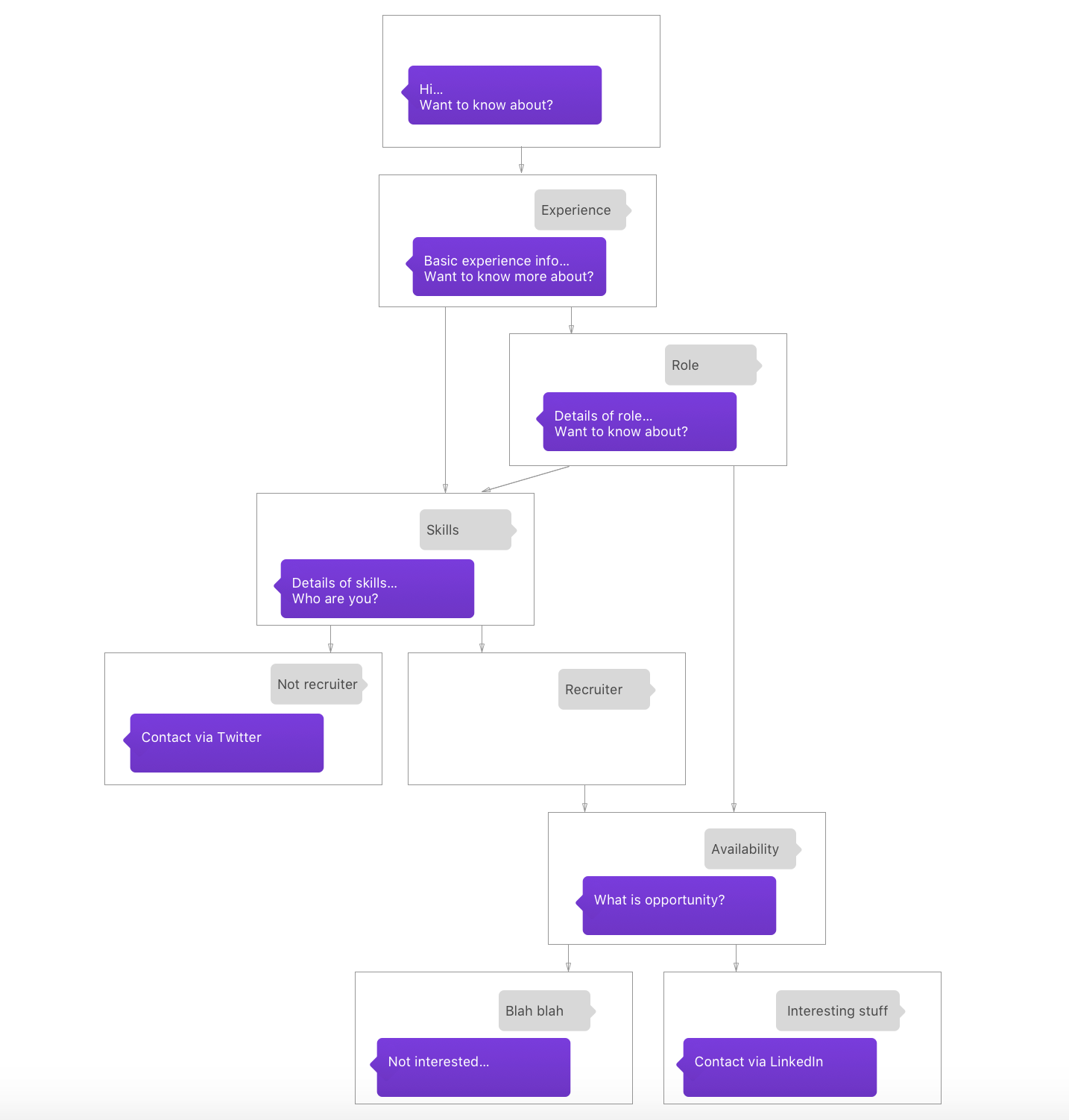Table Of Content
In short, conversation design is the process of designing customer conversations for your business to optimize the overall user experience. It encompasses both digital and physical interactions with your customers, services, or products. These interactions can include voice assistants like Alexa, smart speakers like Google Home or HomePod, chatbots, or any other digital user interface (UI) that a user could interact with. Conversation design is the practice of making AI assistants more helpful and natural when they talk to humans. It combines an understanding of technology, psychology, and language to create human-centric experiences for chatbots and voice assistants. The following articles will give you a better understanding of the conversation design fundamentals.
AWS Machine Learning Blog
Customers are more likely to purchase a brand if its personality is similar to their own. One of the fundamental mechanisms of conversation is this idea of turn-taking, where participants speak one at a time, in alternating turns. The goal is to avoid overlap, minimize silence between turns, and keep track of what’s been said in previous turns.

Ask questions
The above framework contrasts the steps taken for our human brain to understand an utterance with the steps taken when designing a response to an utterance. Like product/UX designers, designers of conversational agents have a responsibility to consider the ethics and implications of their work. As a relatively unexplored field, VUI design relies on the input of diverse stakeholders, from disciplines such as design, psychology, linguistics, screenwriting, and more, to inform its approach. Conversation design (CxD) is about defining the interactions between the user and a conversational agent, based on how people communicate in real life.
When designing for AI outputs, recognize the diversity and nuances of how your users speak and write.
Each new search gives you a batch of new results, and there’s little perceived downside to running multiple searches. This ease of interaction has helped Google Search become the standard for information exchange today. The equivalent of “reading a room” to guide a conversation, the more context-aware a system is, the more conversational it can be. The core underlying principle of conversation is cooperation, the shared purpose that helps people understand each other across verbal gaps.
Our phones, computers, and tablets are just a few examples of interfaces that we depend on. Again, from an application view, this might be one of the hardest things to accomplish without a very sophisticated intent engine and natural language composer. However, when you are designing these conversations, and setting scores on tonality and nuance, there are indeed a lot of tricks that can be played to make things more conversational and less scripted.
Voiceflow Leverages Generative AI 'Prompt Chaining' to Accelerate Conversational AI App Development - Voicebot.ai
Voiceflow Leverages Generative AI 'Prompt Chaining' to Accelerate Conversational AI App Development.
Posted: Fri, 17 Mar 2023 07:00:00 GMT [source]
By revisiting the last twenty years, which includes brief explanations and further opportunities to delve into some of the most well-known design niches (from participatory design to cybernetics). It’s hard to imagine someone having difficulty with such simple, straightforward prompts. We’ve already talked about being brief, being relevant, and leveraging context. People do not appreciate taking extra time or jumping through hoops to find things out or to get things done. Research has shown that if a VUI does not offer a clear advantage to alternative ways of accomplishing the same task, users will avoid it.
Building responsible and trustworthy conversational AI AI for Business - Microsoft
Building responsible and trustworthy conversational AI AI for Business.
Posted: Fri, 17 May 2019 07:00:00 GMT [source]
He emphasizes that AI is not a magic solution but rather a tool that must be strategically implemented. This methodical approach ensures that AI can be integrated effectively without disrupting core business functions. In the age of instant gratification, where time is as precious as the information we seek, the landscape of customer engagement is undergoing a radical transformation. Conversational marketing, led by the rise of sophisticated AI-driven chatbots and intelligent customer service platforms, is at the forefront of this revolution. Users may include personal notes to supplement a case or meeting summary to provide additional context. But, such a note is a form of unstructured data that can contain ambiguities or nuances.
Read writing from Cheryl Platz on Medium. Designer, actress, teacher, runner, speaker, world traveler, writer, gamer…
Conversations are not strictly verbal — think about sending a text message, or passing notes in class. These are also forms of “conversation” where news and ideas are exchanged.
Designing for Privacy in an Increasingly Public World
Not only did this user answer the question about shoe-type, they also specified the size, in an attempt to find what they want quickly. Expect this kind of behavior from repeat users who know what other questions will be asked. Repetitiveness, complicated setups, and lack of personalization deter users.
If the data refers to “DSR,” does it mean “daily sales report” or “deal support request? ” It could mean either, but how would an LLM know what it actually means? Users need to provide the right context in the description to help the LLM understand.
When creating your Angular CUI, it is better to take your time and get it right instead of rushing the process in a haste to get to the market and creating an interface that gives a negative user experience. This design example would be great for small-scale businesses that would like the conversation to be limited to the services they offer. A conversational UI can be simple, limited, and still intuitive. I would say that Conversational Design is 100% UX Design, but simply focused on the creation of intuitive, natural, and helpful conversational experiences. It is really eye-opening to hear Andrea share how they make these chat interfaces not only smart but also kind and helpful.
On the other hand, casual language or slang may be chosen for an application where the exchange is low risk. It’s important to note that a system personality isn’t intended to confuse users into thinking they’re interacting with a human. Basic principles of human conversation — such as providing enough information that’s honest and relevant, brief and polite — can be carried over to designing interactions with systems. Lastly, we can't talk about the future of conversational design without talking about voice assistants. Forecasts suggest that by 2024, the number of digital voice assistants will reach 8.4 billion units – a number higher than the world’s population. Messaging apps are at the center of the conversational design discussion.
This can be tricky to design for, and demonstrates the nuance between natural language processing and understanding. Ultimately, the goals of conversation design fit with those of user experience design — to solve problems for people, to provide value and utility in people’s lives, and to spark joy and delight. At its core, conversation design is about the flow of the conversation and its underlying logic. Therefore, one needs to start from the bottom up when redesigning an interface to be conversational. The logic that works for a graphical interface is almost never going to work as-is for a conversational interface.
Conversational design is a design language based on human conversation and translates it into an interaction with the computer through voice, chat, audio, visual design, and more. Conversational design combines multiple areas like linguistics, psychology, and interaction design. Delving deeper into the operational aspects of implementing AI, Deitz highlights the importance of first-party data in training AI systems effectively. In a privacy-conscious era, he advocates for a meaningful value exchange that motivates customers to share their data, thereby enabling brands to understand and cater to their needs more precisely.

No comments:
Post a Comment